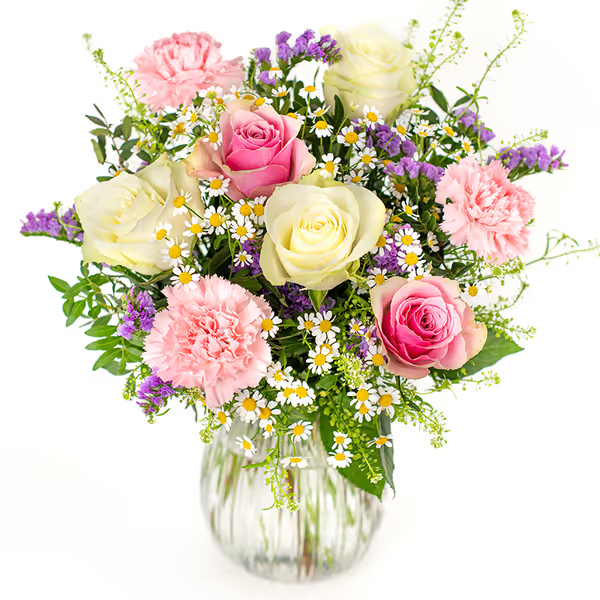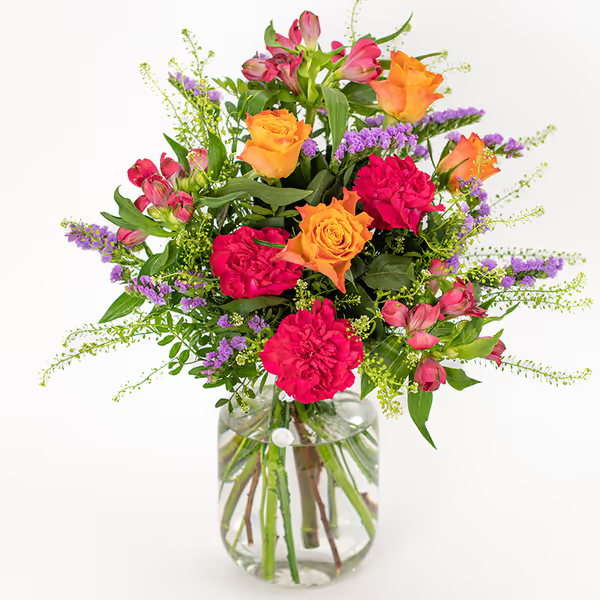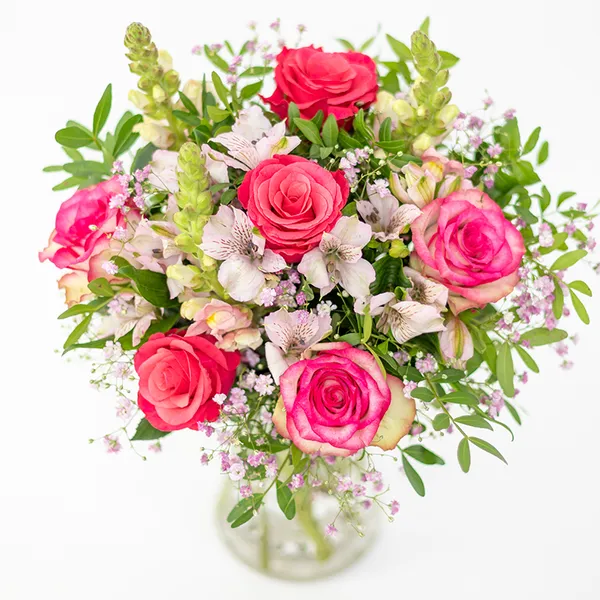Allium: The Architectural Bloom with a Bold Personality
Alliums, also known as ornamental onions, are unique and eye-catching flowers loved for their globe-shaped blooms made up of dozens—or even hundreds—of tiny star-like flowers. With their spherical form and strong upright stems, they bring structure, elegance, and drama to gardens and floral arrangements alike. Part of the onion family (Alliaceae), Alliums are native to the Northern Hemisphere and range in colour from purple and lavender to white, blue, and even yellow. They symbolise unity, patience, and prosperity, and are especially admired for their striking appearance and long-lasting blooms.
COMMON NAME
Allium, Ornamental Onion
BOTANICAL NAME
Allium spp.
ORIGIN
Northern Hemisphere (Europe, Asia, North America)
PEOPLE ALSO CALL IT
Flowering Onion
FLOWERING TIME
Late spring to early summer (May to July)
ASPECT
Full sun, well-drained soil
SYMBOLISM
Unity, patience, good fortune, resilience
Care Tips for Cut Lisianthus in a Vase
Trim stems at an angle: Use a sharp knife or scissors for better water intake.
Use clean, fresh water: Replace the water every 2–3 days to avoid unpleasant odours.
Avoid overcrowding: These flowers need space to maintain their shape.
Keep cool: Place in a well-ventilated area out of direct sunlight or heat.
Dry beautifully: Alliums dry very well—hang them upside down in a dry place to preserve their spherical form.
Symbolism & Meaning
Alliums symbolise unity, as each globe is made up of many small flowers that come together in harmony. They also represent patience and perseverance, since they take time to grow and bloom. Due to their onion roots, they are sometimes linked with layers of wisdom or hidden beauty—something that’s not immediately visible from the outside. In some cultures, they’re also seen as charms for prosperity and protection.
Types of Allium
There are many ornamental alliums, with sizes and colours to suit every style:
- Allium giganteum – Tall with large purple flower balls; a show-stopper in any garden or vase.
- Allium ‘Globemaster’ – One of the most popular hybrids, known for massive, dense violet blooms.
- Allium sphaerocephalon – Drumstick allium with tight egg-shaped heads that start green and turn reddish-purple.
- Allium ‘Mount Everest’ – A beautiful white allium that adds contrast and brightness.
Frequently Asked Questions About Allium
Allium bulbs should be planted in autumn, from September to November, before the ground freezes. This gives them time to form roots over winter and bloom in spring or early summer.
Choose a sunny, well-drained spot. Plant the bulbs about 3 times as deep as the bulb is tall – usually 10-15 cm deep and 15-20 cm apart. Place the bulb pointy end up, water lightly, and leave them over winter.
Most alliums bloom in late spring to early summer, typically from May to June, depending on the variety. Some types bloom a bit earlier or later, but these are the main months.
Possible reasons include:
– Planted too shallow or too deep
– Not enough sunlight
– Overly wet soil causing bulb rot
– Or the bulb may need a year to establish
Some varieties also don’t bloom every year, especially if overcrowded.



